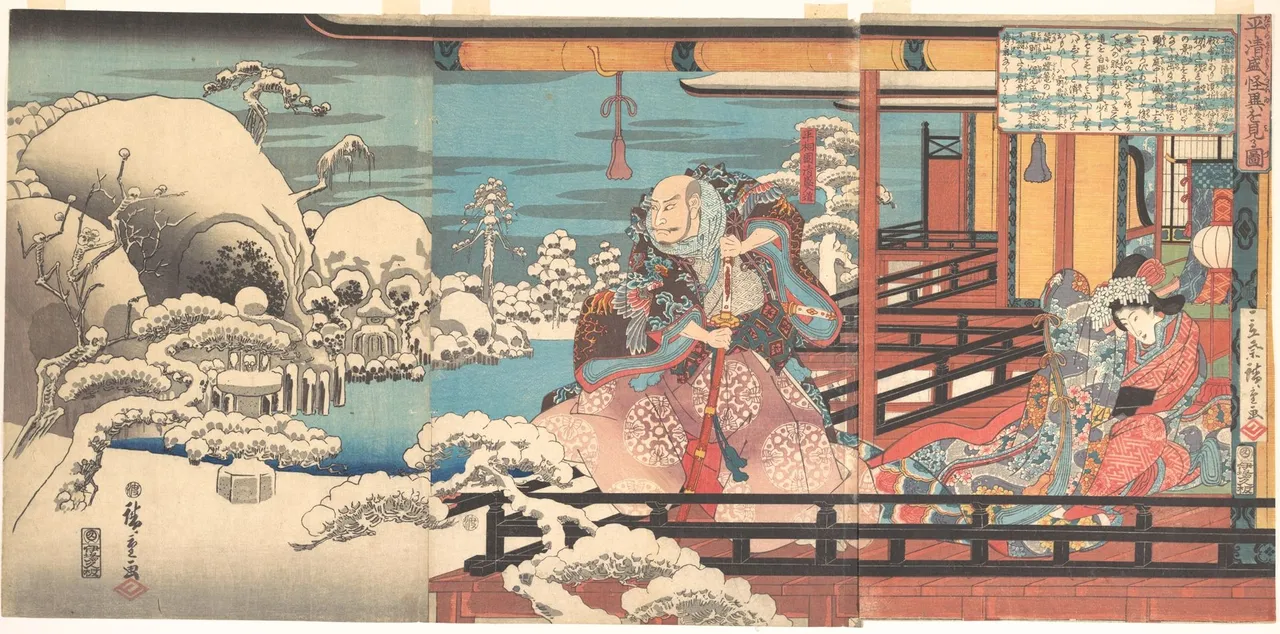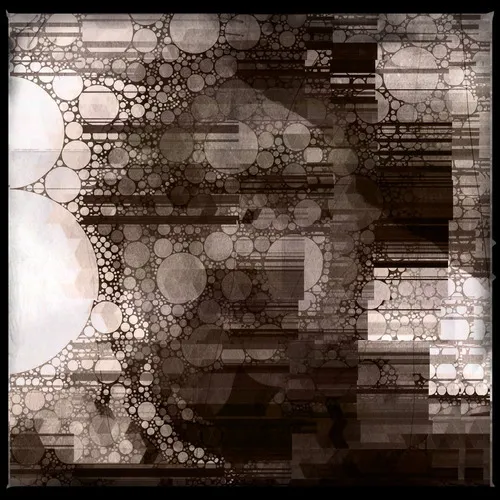In a previous post I mentioned that I picked up one more coin the other day when I was at the coin shop. Here it is!

A 1 Troy oz 0.999 fine silver coin from Fiji with a $1 face value. On the back is the Fuji coat of arms and on the front is the image you see above. The dude's name is Kiyomori, and he may be one of the most famous names in Japanese history.

Kiyomori
He came from a minor noble family, the Taira clan. One conflict—the Hōgen Rebellion (in 1156)—put his family and the Minamoto family as the top two samurai families in Kyoto. Then another conflict four years later—the Heiji Rebellion—saw him defeat the Minamoto and banish the surviving sons, an act that would later haunt him and sowed the seeds of the downfall of his family.
Once he had banished the Minamoto, as the only major samurai family in Kyoto, he was able to use his influence to rapidly climb the ranks of power. With his climb, his ambition grew.
In 1178, his daughter, whom he had forced Emperor Takakura to marry, had a child. The next year he staged a coup, forced all his enemies to resign, then banished them. The year after that, he manipulated the emperor to abdicate and placed his grandson on the throne as Emperor Antoku. This final act proved a bridge too far. The former emperor's brother went to the Minamoto clan and asked them to stop Kiyomori. And so began the Genpei war, the most famous war in Japanese history.
Unfortunately for the Taira clan, Kiyomori died shortly after the start of the war. Even without him, however, the Taira nearly won the war. It wasn't until the final battle, a naval battle at Dan-no-Ura, that the Taira were decisively defeated and the child Emperor (forced by his grandmother) along with many members of the Taira clan leap to their death beneath the waves.
As for Kiyomori himself, it is written in the Heike Monogatari ("The Tale of the Heike") that as he lay dying, his fever burned with the heat of hell, and that anyone who got near him would be scorched. We can interpret this as divine retribution for his tyrannical deeds.

The winners always write the history books, and in this case, it was the Minamoto clan. Kiyomori would go down in history as a villain—a tyrant, even depicted as a wicked demon in human form. Like most warlords, he showed little mercy, crushing his enemies and sparing no one, except, ironically, the very sons of his greatest rival, Minamoto no Yoritomo, who would go on to destroy the Taira. Yet despite his brutal methods, Kiyomori was more than just a ruthless leader.
He challenged the entrenched and corrupt imperial aristocracy, using not birthright but his talents and ambition to climb the ladder of power. Under his leadership, the Taira established trade links with China’s Song Dynasty and sought to modernize Japan’s economy, particularly by developing the port of Hyōgo (modern-day Kobe). In that light, some view him not as a mere villain but as a visionary figure whose challenge to the old order and paved the way for a new era.
Those things in mind, was he a genius crushed by the upper class for daring to defy them, or simply another power-hungry tyrant? You be the judge.
Kiyomori's Spectral Vision
The image on the coin was taken from this woodblock print by Hiroshige:

It shows an old Kiyomori looking out, haunted by visions of his slain enemies. I'm not sure how well the coin reproduced the woodblock print. The image of Kiyomori himself is well-done, but the sketical elements in the background of the woodblock are kind of weakly done on the coin. Oh well! I suppose they get points for the attempt.

Anyway, it's an interesting coin, one I'm happy to add to my collection.
❦
 |
David LaSpina is an American photographer and translator lost in Japan, trying to capture the beauty of this country one photo at a time and searching for the perfect haiku. He blogs here and at laspina.org. Write him on Twitter or Mastodon. |